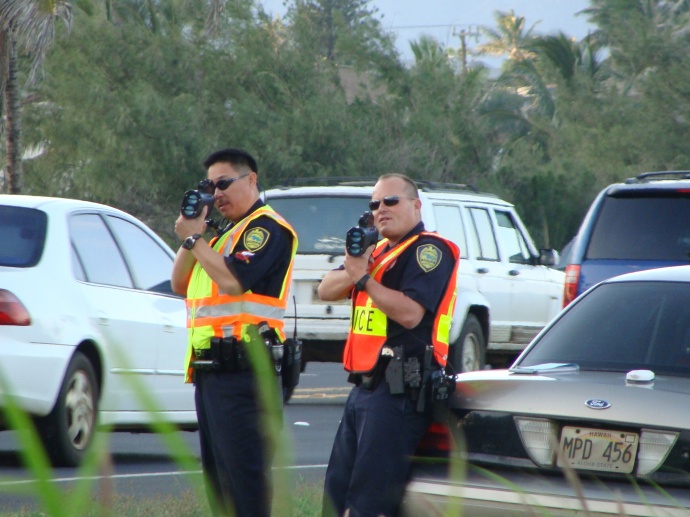Ask the Mayor: Bearcat Justification, Traffic Fine Funding
Dear Mayor,
Q: Hansen Road is heavily used as the de facto bypass between Mokulele and Hana highways. It also serves as the link between Central Maui and the landfill, and to several large industrial enterprises, including HC&S’ Pu‘unene Mill. Lastly, it is also used as part of the Upcountry shortcut between Central Maui. Hansen Road is in deplorable condition and is very dangerous— Why is it not being completely renovated, let alone even being adequately maintained? This problem has been ignored for years and kicked down the road. What are the plans, if any, for making Hansen Road a safe and efficient part of Maui’s ground transportation system? Thank you for addressing this pressing problem.
A: Indeed, this is a vital artery on many levels. Our Department of Public Works has secured federal funds to help pay for improvements to Hansen Road. The project has been declared a federal aid project and is scheduled to be advertised for bids late next year with construction expected to start in the spring of 2015. The project will include the reconstruction of Hansen Road between the HC&S driveway just west of Spanish Road to Hana Highway.
Dear Mayor,
Q: With the latest round of ramped-up speed enforcement, how much of the ticket proceeds stay on Maui? How much extra did it cost Maui County in overtime or related costs?
A: All fines generated from citations go to the State General Fund; no counties benefit from the citations, from stepped-up enforcement efforts or from any proceeds relating to traffic fines. Furthermore, no county funds are utilized for these efforts: Maui Police Department’s Traffic Section receives grant funding from the Hawaii Department of Transportation for overtime hours to conduct various traffic enforcement programs. The collection and appropriation of fines fall under the state Judiciary.
Dear Mayor,
Q: I am wondering why in the name of Pele the County of Maui and its police department requires a military assault vehicle in its possession and why was this prioritized over the real needs of Maui?
A: First off, I would like to point out that the Bearcat is not a “military assault vehicle.” Rather, it is an armored vehicle designed to protect our officers in tactical and/or hostile situations, as well as to extract civilians from a hostile environment.
According to Police Chief Gary Yabuta, it is a significant tool utilized by a majority of police departments, including the Honolulu Police Department, Hawai‘i County Police Department and, very soon, the Kaua‘i Police Department. One incident that police could have used the Bearcat was during the 50-hour stand-off situation involving Josiah Okudara two years ago. Our officers surrounded the residence on Opukea Street in Kahului where he was located, and evacuated the neighborhood. Although no one was injured, our officers placed themselves in the line of fire many times, because there was no proper cover in the middle of the street.
During the standoff there was a real danger presented, as multiple gunshots were heard from within the residence where Okudara was located. Thankfully those shots were not aimed at our officers or anyone else outside the residence. During that incident the Bearcat could have served as a safe point of cover and could have assisted in evacuating residents as well. This vehicle is a valuable asset that can protect both our officers and the public from dangerous situations. However, I will say that I hope the occasions that we actually have to use it are few and far in-between.
Want to Ask the Mayor?
Submit your questions about County of Maui programs, services, operations or policies to Mayor Alan Arakawa via email: AskTheMayor@mauicounty.gov, phone: 270-7855 or mail: 200 S. High Street, 9th Floor, Wailuku, Hawaii 96793. Questions submitted will be considered for inclusion in the “Ask the Mayor” column.











